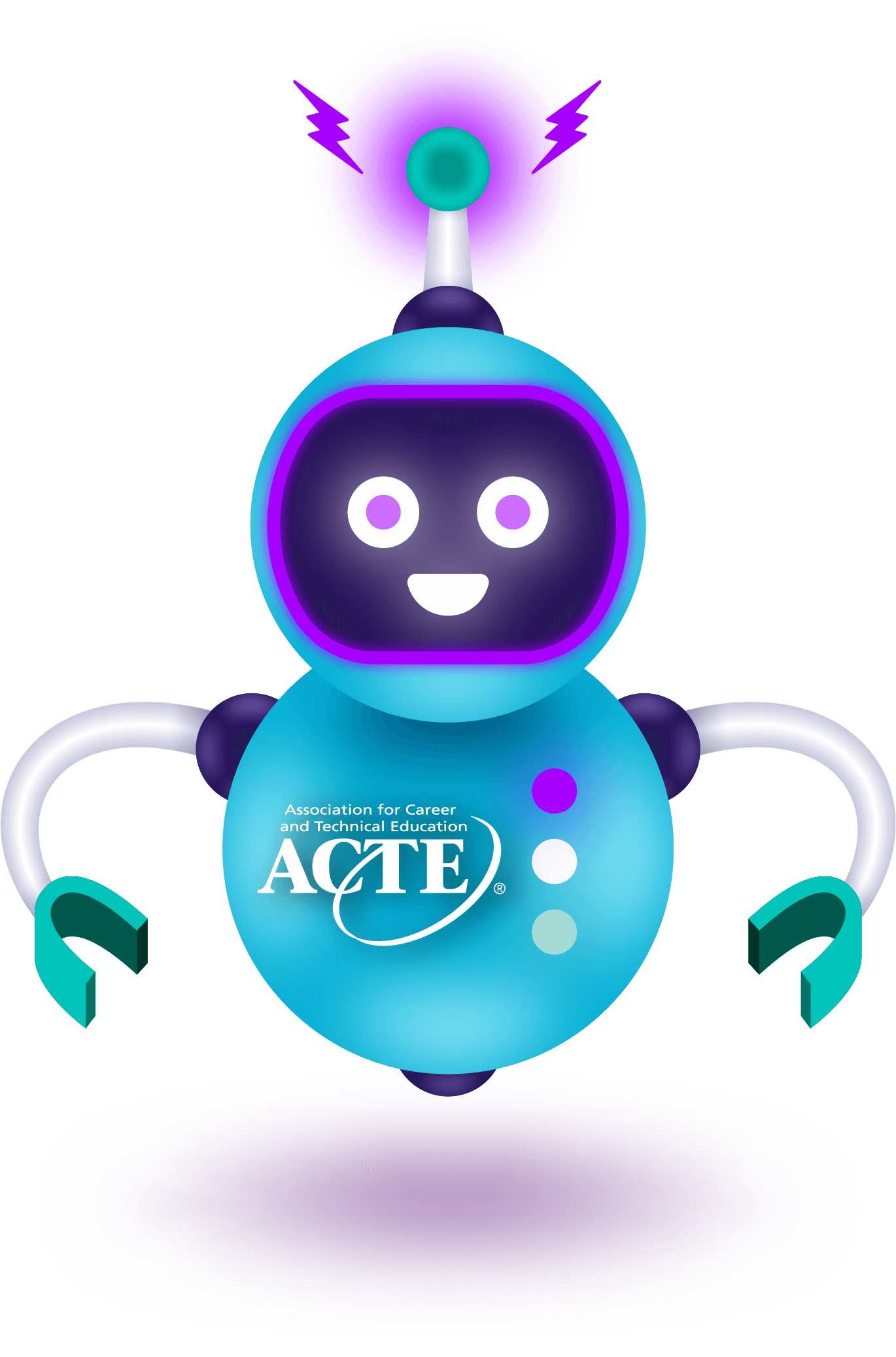Lessons in Collaboration and Innovation: The Impact and Promise of the Comprehensive Local Needs Assessment, our new report co-published with Advance CTE, concludes with six recommendations for state CTE leaders to consider as they support the second round of CLNAs:
- Put equity at the center of the CLNA.
- Continue to invest in data capacity.
- Support stakeholder engagement.
- Plan ahead to ease capacity and timing burdens.
- Balance a focus on process with a focus on progress.
- Frame the CLNA as an opportunity.
Many of the recommendations provided in the report for state leaders are also relevant for local leaders. More specifically, through our conversations with local Perkins representatives about the first CLNA, we recommend that local CTE leaders approach this second CLNA with the following strategies in mind:
- Engage staff in professional development on understanding and using data.
- Leverage staff with data expertise from local workforce or economic development agencies or college institutional research departments to provide data support.
- Diversify consultation methods for different stakeholder groups, including conducting focus groups with learners and families to gather more nuanced feedback.
- Use stakeholder engagement to dig into root causes of why inequities exist and how they can be addressed.
- Build feedback loops with stakeholders as part of a continuous consultation, evaluation and improvement process.
- Try, as much as possible, to align CLNA with other goals and needs assessments on the federal, state and local levels.
- Track alignment with needs longitudinally by analyzing needs, budgets and actual expenditures.
Thanks for joining us for this blog series on CLNA! Please explore additional resources that support CLNA from ACTE and Advance CTE:
- ACTE’s Quality CTE Program of Study Framework Self-evaluation: A Tool for the Perkins V Comprehensive Local Needs Assessment (ACTE, November 2019)
- A Guide for Local Leaders: Maximizing Perkins V’s Comprehensive Local Needs Assessment & Local Application to Drive CTE Program Quality and Equity (ACTE, March 2019)
- A Guide for State Leaders: Maximizing Perkins V’s Comprehensive Local Needs Assessment & Local Application to Drive CTE Program Quality and Equity (Advance CTE, March 2019)
- Investing in Quality: Funding the Perkins V Comprehensive Local Needs Assessment (Advance CTE, August 2019)
- Promoting a Regional Approach to the Perkins V Comprehensive Local Needs Assessment (Advance CTE, August 2019)
- Driving Quality & Equity in CTE: A State Guide to Developing the Perkins V CLNA Template (Advance CTE, June 2019)







